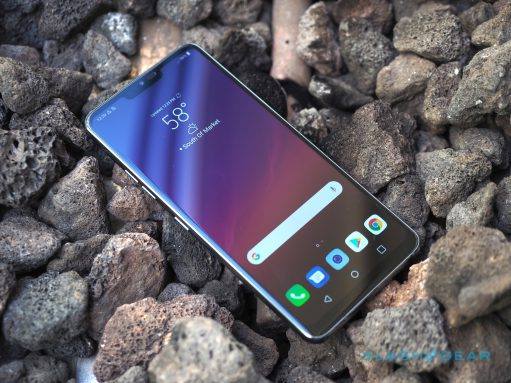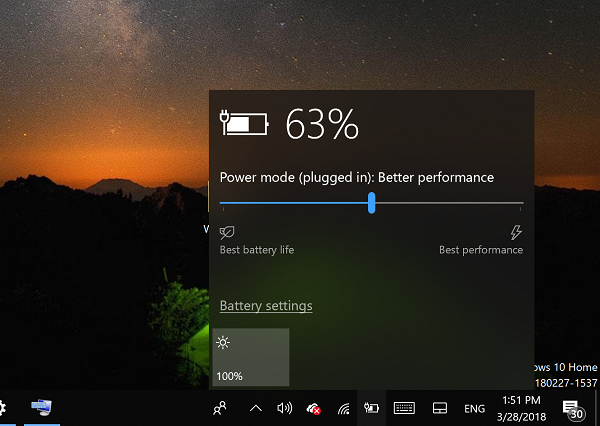Not everyone has a good experience with the latest version of Android. So here is a tutorial for how to downgrade the Nexus 6 to Lollipop.
Almost everyone here enjoys running the latest and greatest version of Android. However, sometimes we find random issues with our Nexus 6 right after an update has been applied. This can be anything from excessive battery drain, poor performance, applications or services force closing with errors etcetera.
Not only is it a let down, because we have high hopes of that brand new update, but it’s also frustrating because now you have a smartphone that is acting up and won’t perform properly.
This is why downgrading is so popular among the Android community because we aren’t forced to use a certain version of Android if we don’t want to. Some carriers like AT&T will try to force those OTA updates back onto your device so you will have to watch out for that. For those without carriers like that, you simply don’t have to accept that OTA update after you have downgraded. So let’s take a look at what is required in order to downgrade the Nexus 6.
Requirements
Before we proceed with this tutorial, you should have a couple of things set up on your Nexus 6 before hand. Firstly, you should have the Google USB drivers installed. Simply click here and you can follow these instructions if you need help installing them. Once the USB drivers have been installed, you will then need to enable USB debugging on your Nexus 6.
You’re also going to need to install the ADB and Fastboot tools to your PC. Be sure to connect the Nexus 6 to your PC and then launch a command prompt from within the ADB/Fastboot directory so you can run a ‘adb devices’ command. This should enable a pop-up dialog box on your Nexus 6 asking if you would like to allow the PC to have USB debugging access to your Nexus 6. You need to allow this and I would advise you to tell the Nexus 6 to remember the PC too. This is a check box in the dialog box that you see appear on the Nexus 6. Once all of this is done, then we can proceed with this tutorial.
Nexus 6 Downgrade Lollipop
- Download the Firmware You Want to Downgrade Your Nexus 6 to(on the PC)
- Extract the Firmware into a Folder on Your PC
- Move These Files to the ADB and Fastboot Folder
- Boot the Nexus 6 into Fastboot Mode
- Connect the Nexus 6 to the PC via a Micro USB Cable
- Open the Folder with the Android Firmware Contents(that you extracted in step 2)
- Hold the Shift Button on the Keyboard and Right-Click in an Empty Space in the Folder
- Left-Click the ‘Open Command Window Here’ Option
- Type the Following Command into the Command Prompt. . .
- flash-all.bat
- Then Press the ‘Enter’ Key on the Keyboard
- Wait Until the Process is Complete
Explanation
So the first thing you’re going to want to do is visit the Google Factory Images page(linked in the tutorial above) and pick out the version of Android that you want to install. This could be Android 5.0 or 5.0.1 or 5.1 or any of the other firmwares that you see listed for Shamu(which is the codename for the Nexus 6). After you download that file, you’ll need to extract it somewhere on your computer. Once those files are extracted, you’re going to need to copy/move them into the ADB/Fastboot folder.
If you followed the requirements section, you’re going to need the ADB.exe and Fastboot.exe tools installed on your PC. If you installed these tools into the default directory, then that folder is probably located in “C:\Program Files (x86)\Minimal ADB and Fastboot”. So go ahead and move or copy the contents of the compressed firmware file into the ADB and Fastboot directory. Your folder will most likely look like the image shown above. After that is done, then you can boot your Nexus 6 into Fastboot Mode.
Once your Nexus 6 is in Fastboot Mode, you’re now able to start this whole process. So, while you are still in the ADB window, hold the Shift key on the keyboard down and right-click in an empty spot in that folder. If done right, you should see a menu pop up with an option that says ‘Open Command Window Here’. You’re going to want to left-click that option and then you’ll see a command prompt appear. If you launch a command prompt anywhere else, you’re going to have to browse to the ADB/Fastboot directory from within the command prompt(with traditional DOS/terminal/command prompt commands).
With the command prompt open, all you have to do is type the command ‘flash-all.bat’ and then press the Enter key on the keyboard. Alternatively, you could just double-click on this flash-all.bat if you don’t want to mess with the command prompt at all. As long as your Nexus 6 is in Fastboot mode and you have granted USB debugging access from your computer, then you should see some text appearing at the bottom of the Nexus 6. It will probably say something like ‘downloading…’ and this will appear multiple times as it downloads the stock images from the computer to your Nexus 6.




